How to Build High-Converting Sales Funnel
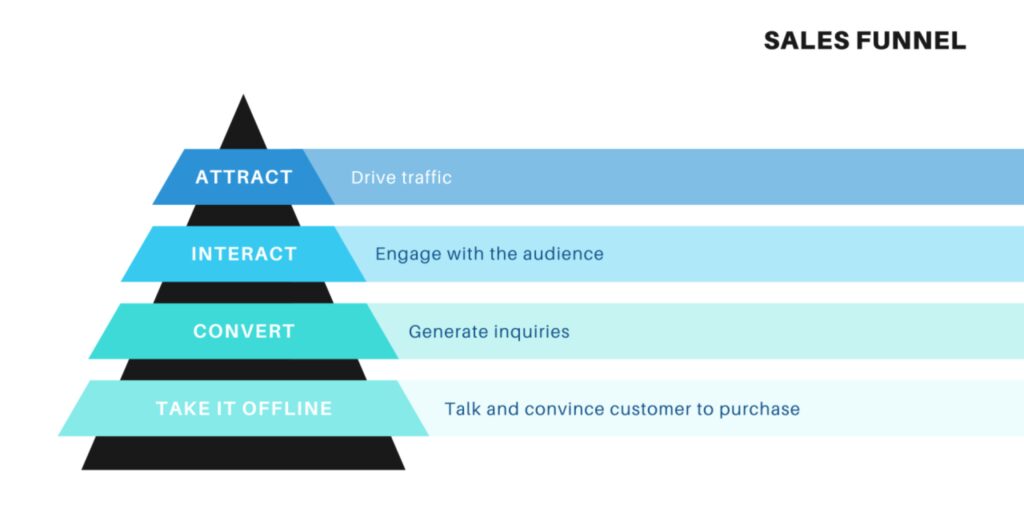
Today’s digital world is highly competitive and simply generating traffic is not enough. You now need a vehicle that converts these visitors into loyal customers. And that makes the creation of a high-converting sales funnel very much essential. A sales funnel is a carefully designed route along which prospects are guided into a long-term buyer-seller relationship. Getting all sorts of nice and valuable content, solutions, and call-to-actions according to each stage of their buying journey. The process of creating an optimized funnel is to ensure that the prospective customer is brought up to action. Whether buying something. Signing it, or the initiation of being a brand advocate. In this blog, we are going to show you how to build a sales funnel that not only pulls in quality leads. But also helps in maximizing conversion rates and long-term business success.
Understanding the Stages of Sales Funnel
The sales funnel has now become a fundamental structure for any successful digital marketing plan. It lays down a process whereby prospects. Go through these stages concerning their needs, lessons, and essentially, push them to making that buying decision. A high-conversion funnel will depend upon an understanding of these stages. And the provision of adequate content and messages at each point in time. There are three general stages in a sales funnel. Awareness, Interest, and Decision, commonly referred to as TOFU, MOFU, and BOFU, respectively. Let us shed some light on the particulars of each of these stages and how to further the optimization of these stages into conversions.
1. Awareness Stage (Top of Funnel-TOFU)
Early in the funnel, the objective is supposed to attract a broader audience to your website or landing pages. This is the stage when the leads first get familiar with your brand and realize that they have something to solve. Prospects at this point not only cast their nets wide in search of possible remedies but also focus quite significantly on identifying possibilities, as opposed to making a purchase.
Strategies for the Awareness Stage:
•Content Marketing: Blogs, infographics, podcasts, and video content serve to educate the audience about matters relevant to their pain points.
•Social Media Marketing: Organic posts, ads, and collabs link your brand to prospective customers.
SEO and Paid Ads: Either optimize content for search engines or run paid ads to increase its visibility according to target keywords.
2. Interset Stage (Middle of the Funnel-MOFU)
As soon as the prospects become acquainted with the brand, they step into the stage of interest, where they start searching for solutions in more depth. They would then not be looking for general information; they would be looking for answers to specific problems. At this time, the focus turns to nurturing those leads by providing content that brings them better education around those offerings.
Interest Stage Strategies:
Lead magnets- Resources such as ebooks, whitepapers, or case studies are offered as downloadables that capture the leads and deepen their interest.
Email Marketing- Start nurturing the leads with targeted email campaigns to give added value and build relationships.
Webinars and Free Demos- Use live prospects to engage the client, allowing them to see the product or service in action.
Decision Stage (Bottom of Funnel-BOFU)
In the stage of consideration, purchases or commitment decisions are looming. Usually they have narrowed their options down and are now weighing the different advantages each solution could offer them. Here, the prospect’s path to purchasing is clarified in an effort to convert those warm leads into customers.
Strategies for the Decision Stage:
•Product demonstrations and free trials are an avenue through which the prospect can touch and feel the workings of your product.
•Customer testimonials establish credibility with social proof through customer success stories or reviews that earn your product trust and endorsements.
•Clear CTAs must be convincingly worded, direct commands – “Buy Now” or “Get Started” or “Schedule a Consultation,” which actually make the lead go forth and take that last step.
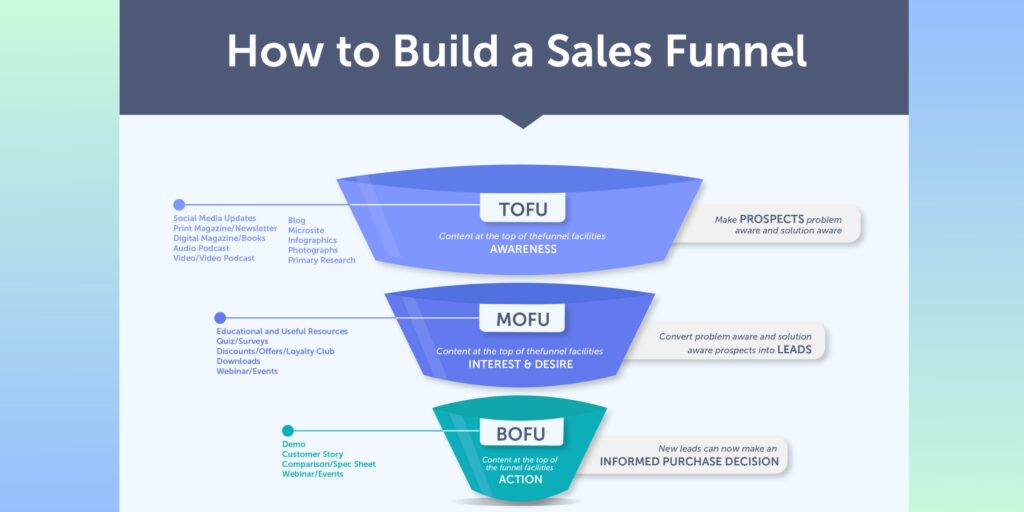
Identifying and Understanding Your Target Audience
Knowing your target audience is one of the most important considerations while creating a high-converting sales funnel. Without knowing who potential customers are, you wouldn’t be able to go ahead with effective content, messages, or offers that will be capable of reaching your audience. Know your audience so that it can teach your sales funnel about their needs, pain points, and desires so that you are getting the right leads and walking them through the funnel stages correctly. Here is how to identify and understand your target audience for a more successful funnel:
1. Reaching Your Ideal Customers
The very first step to identifying your target audience is thorough research. It involves gathering qualitative as well as quantitative data to give the researcher a pretty clear view of the exact composition of ideal customers. The conclusion can be drawn from demographic factors such as age, sex, location, occupation, and income of the customers. But demographic data alone may not always identify the audience; thus, behavior, preference, and motivation also need to be included. Discover how to create a high-converting Sales Funnel with expert tips and strategies to boost your business growth.
Researching Ideal Customer:
•Surveys and Polls: Ask the existing customers or visitors of your site what’s in and out of their needs, problems, and preferences through surveys. Use Google Forms or SurveyMonkey to get feedback.
•Customer Interview: This is a one-on-one interview survey of existing customers or prospective prospects. It usually reveals treasured insights regarding their pain and decision-making processes.
•Social Media Insights: Social media platforms like Facebook, Instagram, and LinkedIn provide major information and insights into audience behavior and engagement patterns.
2. Creating Buyer Personas
Once you collect sufficient information, it is time to draw about buyer personas. These are semi-fictional representations about ideal customer, based on actual data and gross insights. Buyer personas help one narrow down given a product to the specific needs, wants and pain point of an audience to make the marketing efforts sink in.
Buyer persona key components:
•Demographist: Age, gender, area, title, income, education, etc.
•Psychograph: Values, interests, lifestyle, motivations, and goals.
•Challenges and Pain Points: What are the things that keep your audience awake at night but that your service or product can remove?
•Decision-making process: What are the factors that impact their buying decision? Price-sensitive or brand loyal or guided by the features?
•Preferred Means of Communications with Audience: How do they prefer to get their information? More through email, social media, or video content occasion?
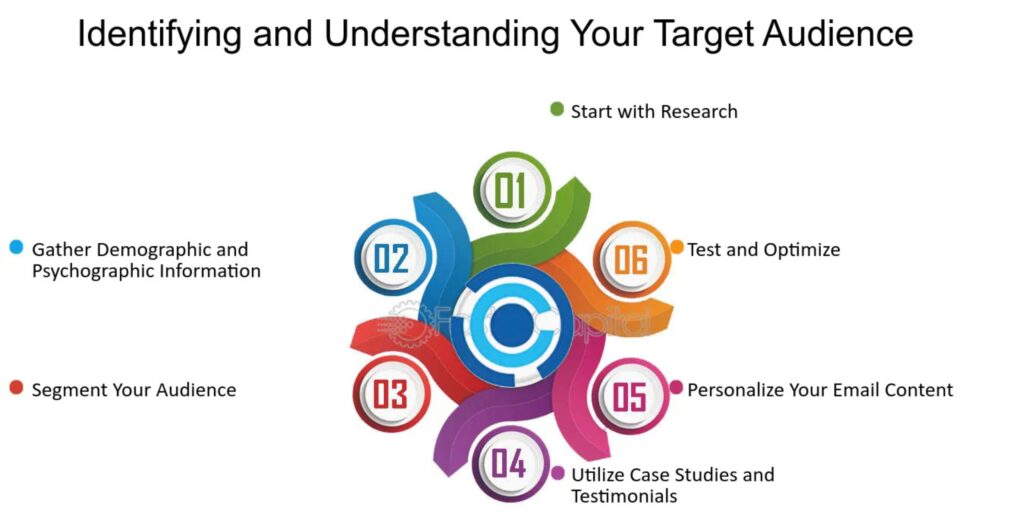
Creating Leads magnets to Attract Prospects
lead magnets are used in a sales funnel to capture and attract potential customers. A lead magnet essentially acts as something of value that your prospects can derive from you in exchange for giving you their contact information, usually an email address. A good lead magnet is the difference between a bouncing visitor to your website and a qualified lead entering your sales funnel.
1. Understand Your Audience’s Pain Points and Needs
Before you can create a successful lead magnet, you must understand your audience’s pains and gains deeply. A good lead magnet will solve a specific problem or provide some relevant help to your target audience. The more relevant and useful your lead magnet is the more likely people will be willing to share their information in exchange for it.
How to Know Your Audience:
•Study your existing audience to find out what they need and what really bothers them.
•Look into past customer interactions and feedback to find any repeating problems.
•Look at the social and online forums to find what questions, problems or desires can be shared by your audience.
•Check out your competitors to see what lead magnets seem to be hitting home with their crowd.
2. Choose the Right Type of Lead Magnet
Selecting the type of lead magnet that would suit the audience best and align well with the sales funnel is the next step. Following are some popular and effective types of lead magnets:
Ebooks and Guides
Ebooks and compilations of ebooks are meant for in-depth information seekers. They give a broad solution to a problem with insights for action. Ebooks work best with audiences at the funnel’s Awareness or Interest stage.
Checklists and Cheat Sheets
Checklists and cheat sheets are short actionable resources designed to be very easy to understand. They are usually very relevant in value to your potential prospects, enabling them to do things quickly and in a busy way for quick wins. These resources are especially important in the middle of the buyer’s journey when your prospects are looking at solutions.
Nurturing Leads Through Email Marketing
Email marketing is perhaps the most efficient and straightforward avenue for nurturing leads and converting them into loyal customers. After potential buyers have successfully entered the sales funnel via an enticing lead magnet, the very next important step is to keep the prospects engaged. This is where email marketing really shines by offering relationship building, value addition, and impending persuasion for leads toward a buying decision. But all this will be for nothing if sending generic emails is the only tactic employed. If you want your nurturing strategy truly to work, it needs to be based on the particular phase your lead is in within the buyer’s journey.
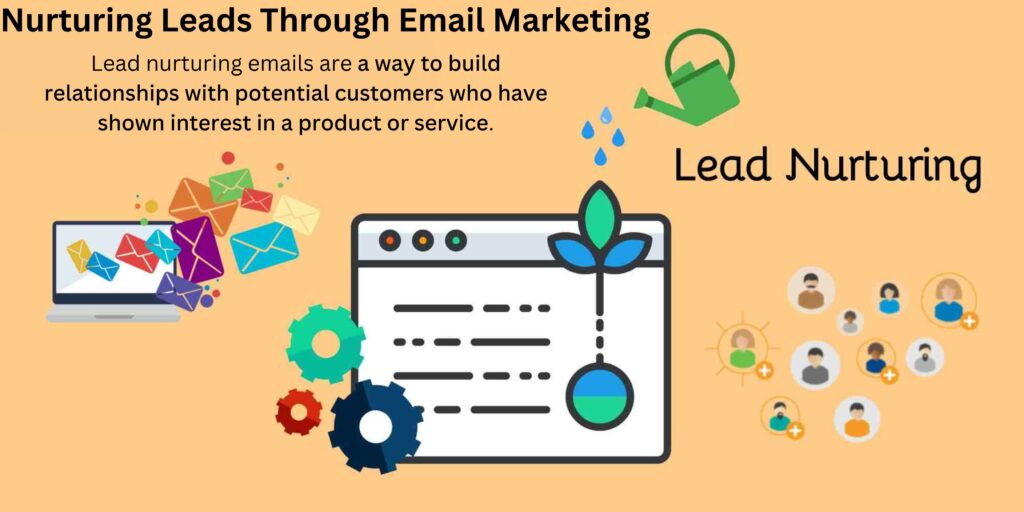
1. Segmenting Your Email Lists
As early as the lead creation, differences crop up. They are not in the same position in the buyers’ journeys. Nurturing leads quite well would begin with segmenting your email list according to various criterions. So, if you want to engage or convert that lead better, it is simply personalized, relevant content to go for sending.
Primary methods of segmenting your email lists:
Demographics: Age, location, job title, industry, etc. An example would be sending different messages to marketers and business owners when selling marketing tools.
Behavioral: It includes such areas as interaction with your website or emails. For example, leads who downloaded an e-book will get emails for further resources, while others who attended the webinar will get the invitation for a product demo.
By Stage in the Buyer’s Journey: Segment leads based on whether they are in the awareness, interest, or decision stage of the sales funnel. Different approaches should be used at each stage, and segmentation allows you to tailor your content to fit these approaches.
2. Creating a Lead Nurturing Email Sequence
Lead nurturing email sequences simply refer to a series of multiple emails for building trust, value offering, and continuing a lead’s progression in the sales funnel. Such emails should not be overly sales focused but should rather aim to educate and involve your leads helping them make informed decisions.
A nurturing email sequence is most likely going to look something like this:
Welcome Email 1:
This is what every lead gets when they first subscribe or download the lead magnet from your website. The welcome sets the tone for the relationship as well as your credibility.
This would include:
•A warm message of thanks for joining the list or downloading from your resources. A concise introduction about the brand, its values and what the lead can expect out of future emails.
•Some kind of value offering or CTA like a point discount or a free trial such that they feel they want to dig deeper.
Email 2: Educational Content (Value-Driven)
After welcoming a lead, the next step is to provide more value. Share content that addresses an issue the lead is dealing with: blog posts, guides, case studies, or other educational material to establish your authority.
What to Include:
•In-depth, solution-oriented education on the subject for the lead.
•Supporting resources including blog posts, videos, or infographics that will assist the lead and drive further down the buyer’s journey.
Impliment Persuasive Call-to-Action (CTAs)
In the digital marketplace, Call-to-Action (CTA) is important in engaging an audience and guiding them in the sales funnel of potential customers. It is a gesture or button depicting direct action to be taken by the audience, whether to download an ebook free of charge, join a free webinar, or buy something. Conjoining this, the effectiveness of a CTA isn’t all about placing buttons with that phrase “Click Here” on them rather it moves to drawing out clearly, compelling CTAs that persuade your lead to the next stage of the buyer’s journey.
1. Understanding the purpose of CTAs in Your Funnel
The number one step in designing an effective call to action (CTA) is to realize its position in your sales funnel. CTAs must correspond to the stage in the funnel that the prospective customer is currently experiencing. Someone in the awareness stage might need a CTA that encourages them to download a free guide or attend a webinar. Someone in the decision stage, on the other hand, might benefit from a CTA prompting him to sign up for a trial or make a purchase.
Key Stages of the Funnel and CTA Examples:
•Top of the Funnel (Awareness): CTAs in this stage should aim to attract, educate, and engage new leads. Example: “Download Your Free eBook on [Topic]” or “Watch Our Free Webinar.”
•Middle of the Funnel (Consideration): Leads at this stage are evaluating options. Your CTAs should provide more value and position your offering as a solution. Example: “Get Your Free Consultation” or “See How We Can Help [Solve Pain Point].”
•Bottom of the Funnel (Decision): At this point, your leads are almost ready to make a purchase.
2. Make Your CTAs Actionable and Specific
To ensure that CTA is effective, it must have a direct and specific message. Generic phrases such as “Click Here” or “Learn More” are often too vague and will not evoke the desired action. Instead, use words that encourage action and are understood, so that when a lead clicks on the CTA they know exactly what they will get.
Examples of action-specific CTAs:
•Start Your Free 14-Day Trial Now
•Claim Your Free Download Today
•Get Your Personalized Demo
•Join Now and Unlock Exclusive Discounts
Optimizing Your Funnel for Maximum Conversion
Sales funnel optimization is one of the most critical aspects of digital marketing that brings to bear all the leads entering your system. A sales funnel, on the other hand, is precisely that, a journey-a journey that has been carefully crafted to walk your prospects from the first point of contact with your brand all the way through to the point of purchase and possibly beyond. But having a lead enter the funnel does not guarantee conversion. The funnel needs continuous improvement to increase conversion rates and extract every possible lead.
1. Understand Your Funnel’s performence with Analytics
Understanding how a sales funnel works is the first step to optimizing it; analytics, then, are all you need for that. Keeping metrics tracking all stages in every funnel provides crucial insights into where the customer may have disconnected and thus lost the opportunity to reach out to other possible customers.
The Success Metrics you Monitor:
•Conversion Rate: The ratio of leads who advance onto the next stage. When there is a low conversion rate this means that there is some friction or bottleneck in play.
•Click-Through Rate (CTR): The ratio of people who click CTAs in emails, ads or landing pages. A high CTR means your CTAs landing commands seem compelling and relevant.
•Lead-to-customer Ratio: The ratio between leads and returning thus between paying customers. A low ratio might point out some improvement needs in the follow up or nurturing processes.
2. Improve Your Lead Generation with High Converting Offers
Generating high-quality leads is extremely important at the top end of your funnel. To increase the conversions, it becomes very important that the lead magnets or offers you are using to generate leads are persuasive enough and that they provide some sort of value. So having a perfect lead generation strategy comes in.
How do you Improve Lead Generation:
•Provide Lead Magnets with High Value: Try to create valuable lead magnets like ebooks, free trials, webinars, or case studies that apply to specific problems of your target audience. The higher the perceived value of your offer, the more likely it is that people will want to exchange it for their contact information.
•Show Social Proof on Your Landing Pages: Social proof builds confidence; so consider including testimonials, reviews, and case studies on your landing page. When prospects see others benefiting from your offer, conversion will be more inviting.
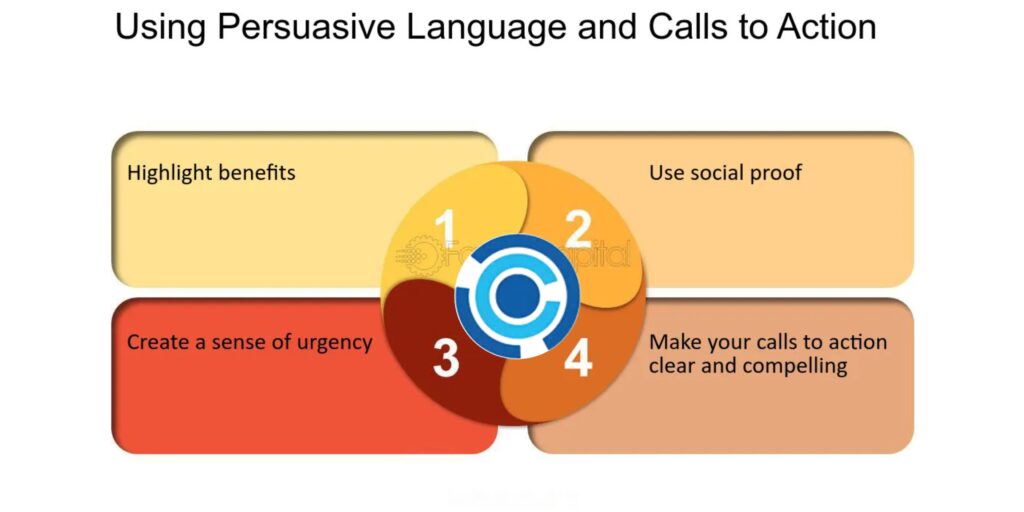
Ready to boost your sales? Start building a high-converting funnel today—click here for expert tips and strategies!
Conclusion:
Sustained growth and profit can be achieved through a working sales funnel that takes time to create, but implements the people’s strategies. For a sales funnel to work properly, conflicts should be resolved in the contest of the target audience’s needs at stages from awareness to conversion to build value-added lead magnets, nurture leads, and optimize call-to-action buttons. Each process can therefore bring in the highest conversion rates, which means that leads can become absolutely loyal clients, bringing anything to the business finally. Therefore, a model or rule is a means to sustained growth and profits.



